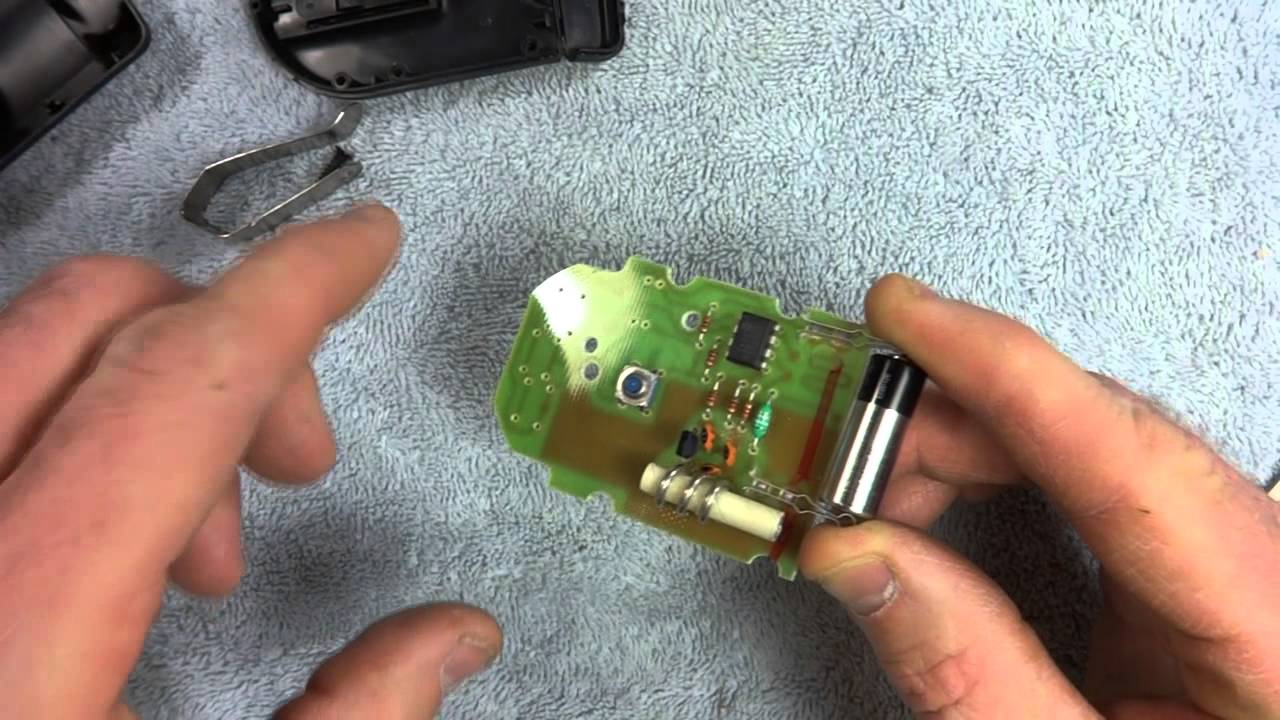

Articles
How To Fix Garage Door Opener Remote
Modified: February 23, 2024
Learn how to fix your garage door opener remote with these helpful articles. Save time and money by troubleshooting common issues and getting your remote working again.
(Many of the links in this article redirect to a specific reviewed product. Your purchase of these products through affiliate links helps to generate commission for Storables.com, at no extra cost. Learn more)
Introduction
Having a garage door opener remote can greatly simplify your life by allowing you to open and close your garage door with just a push of a button. However, like any electronic device, garage door opener remotes can experience issues and stop working properly over time. The good news is that many common problems can be easily fixed without the need for professional assistance.
In this article, we will guide you through the process of troubleshooting and fixing the most common issues with garage door opener remotes. Whether your remote is not responding, the range is limited, or the buttons are unresponsive, we have got you covered. By following the steps outlined in this article, you can save time and money by resolving the problem yourself.
Before jumping into the troubleshooting steps, it’s important to have a basic understanding of how garage door opener remotes work. These remotes use radio frequency signals to communicate with the main control unit of the garage door opener. When you press a button on the remote, it sends a signal to the control unit, which then activates the motor to open or close the garage door.
Now that we have covered the basics, let’s dive into the common issues that you may encounter with your garage door opener remote and how to troubleshoot them effectively.
Key Takeaways:
- Troubleshoot common garage door opener remote issues by checking batteries, clearing obstructions, and reprogramming. Save time and money with DIY fixes before seeking professional help.
- Ensure optimal garage door opener remote performance by replacing batteries, adjusting range, and seeking professional assistance for complex issues. Stay proactive to maintain convenience and reliability.
Read more: How To Fix Garage Door Opener Sensor
Understanding Garage Door Opener Remotes
Garage door opener remotes come in various shapes and sizes, but they all share the same purpose: to provide convenient access to your garage. These remotes typically operate on a specific frequency, often in the range of 300 to 400 megahertz (MHz) or 900 megahertz (MHz). It’s important to note that different opener models may operate on different frequencies, so ensure that you purchase a remote that is compatible with your specific opener.
Most garage door opener remotes are powered by batteries, typically AAA or coin cell batteries. These batteries provide the necessary power to transmit the signal to the opener’s control unit. It’s essential to regularly check the battery level and replace them as needed to ensure optimal performance.
Garage door opener remotes usually feature a few buttons that control various functions. The most common buttons are the large open and close buttons, which, as their names suggest, are used to open and close the garage door. Some remotes also have additional buttons to control features like turning on lights or activating a vacation mode, which disables the remote’s functionality when you’re away.
In addition to the basic functions, some remotes come equipped with advanced features such as rolling code technology. This technology ensures that the signal sent by the remote is unique each time, increasing security and preventing unauthorized access to your garage. It’s important to consult your opener’s manual or manufacturer’s website to understand the capabilities and features of your specific remote.
Understanding how your garage door opener remote works is crucial when troubleshooting any issues. By having a grasp of the basic components and functions, you can effectively diagnose and resolve most common problems that may arise with your remote.
Common Issues with Garage Door Opener Remotes
While garage door opener remotes are a convenient tool for accessing your garage, they can encounter a few common issues that may affect their performance. By being aware of these issues, you can effectively troubleshoot and resolve them. Here are some of the most common problems you may experience with your garage door opener remote:
- Remote not responding: This is one of the most frustrating issues you may encounter. Pressing the buttons on the remote does not elicit any response from the garage door opener. The cause could be a dead battery, a malfunctioning remote, or interference from other electronic devices.
- Limited range: If you find that you need to be close to the garage door opener for the remote to work, it likely indicates an issue with the range. Range problems can occur due to a weak battery, obstructions blocking the signal, or interference from nearby devices.
- Unresponsive buttons: Sometimes, specific buttons on the remote may become unresponsive. This can be due to wear and tear, debris lodged within the remote, or a faulty button contact.
- Interference from other sources: Other devices operating on similar frequencies, such as wireless routers, baby monitors, or even nearby airports, can interfere with the signal of your remote, causing it to malfunction.
- Programming issues: If you recently replaced your remote or reprogrammed your garage door opener, you may encounter problems with the programming. This can result in the remote not syncing with the opener or not functioning as intended.
While these issues can be frustrating, the good news is that many of them can be resolved with some simple troubleshooting steps. In the following sections, we will guide you through the process of troubleshooting and fixing these common issues with your garage door opener remote.
Troubleshooting Steps for Garage Door Opener Remote Problems
When your garage door opener remote encounters issues, it’s important to follow a systematic approach to troubleshoot and resolve the problem. Here are the steps you can take to troubleshoot the most common problems with your remote:
- Check the battery: Start by checking the battery of your remote. Replace it with a fresh set of batteries and ensure they are inserted properly. Weak or dead batteries can cause the remote to malfunction or not respond at all.
- Inspect the buttons: Examine the buttons on your remote. If any buttons are sticky, unresponsive, or stuck, gently clean them with a cotton swab and some rubbing alcohol. This can often restore functionality to the buttons.
- Clear obstructions: Ensure that there are no obstructions blocking the signal between the remote and the garage door opener. Remove objects such as heavy curtains, furniture, or other obstacles that may interfere with the signal transmission.
- Eliminate interference: If you suspect interference from other devices, try moving your remote closer to the opener and away from potential sources of interference. Turn off or move away from any electronic devices operating on similar frequencies.
- Reprogram the remote: If the remote is still not responding, you might need to reprogram it. Consult your garage door opener’s manual or the manufacturer’s website for specific instructions on how to program your remote. Follow the steps carefully to sync the remote with the opener.
- Reset the opener: If reprogramming doesn’t solve the issue, you can try resetting the garage door opener. Locate the reset button on the opener’s motor unit and press it. This will clear all programmed remotes, so you’ll need to reprogram your remote afterward.
- Seek professional help: If you have tried all the troubleshooting steps and your remote still doesn’t work properly, it may be time to seek professional help. A trained technician can diagnose and fix any underlying issues with your garage door opener system.
By following these troubleshooting steps, you can often resolve common problems that arise with your garage door opener remote. Remember to refer to your specific garage door opener’s manual or manufacturer’s website for more detailed instructions and guidance.
Replacing the Batteries in Your Garage Door Opener Remote
When your garage door opener remote is not functioning properly, one of the first things to check is the battery. Weak or dead batteries can cause the remote to become unresponsive or have limited range. To ensure optimal performance, it’s important to replace the batteries when necessary. Here’s a step-by-step guide on how to replace the batteries in your garage door opener remote:
- Identify the battery type: Check the user manual or the remote itself to determine the type of batteries required. Typically, garage door opener remotes use AAA or coin cell batteries.
- Prepare the new batteries: Purchase the correct batteries and remove them from their packaging. If the batteries have a protective plastic cover or strip, remove it before inserting them into the remote.
- Open the battery compartment: Locate the battery compartment on your remote. Usually, it is located on the back of the remote and can be accessed by sliding off a cover or removing a small screw.
- Remove the old batteries: Carefully remove the old batteries from the compartment. Pay attention to the polarity markings (+ and -) on the battery and ensure that you insert the new batteries correctly.
- Insert the new batteries: Insert the fresh batteries into the compartment, following the correct polarity. Place the positive (+) end against the contact designated for the positive end and the negative (-) end against the corresponding negative contact. Ensure a secure fit.
- Close the battery compartment: Once the new batteries are properly inserted, close the battery compartment by sliding the cover back into place or securing it with the small screw.
- Test the remote: With the new batteries in place, test the remote by pressing the buttons and verifying that the garage door responds accordingly. If the remote still doesn’t work, check for any other possible issues or consider seeking professional help.
Remember to dispose of the old batteries responsibly. Most local recycling facilities have drop-off points for used batteries. Properly functioning batteries will ensure that your garage door opener remote works effectively and reliably.
Check the batteries in the remote and replace them if necessary. Also, make sure the remote is programmed correctly to the opener. If the issue persists, consult the opener’s manual for troubleshooting steps.
Read more: How To Fix Garage Door Opener
Reprogramming Your Garage Door Opener Remote
If you’ve recently replaced your garage door opener remote or are experiencing programming issues, reprogramming the remote may be necessary. Reprogramming allows the remote to sync with the garage door opener and regain functionality. Follow these steps to reprogram your garage door opener remote:
- Clear existing programming: Before starting the reprogramming process, you need to clear any existing programming. Locate the “learn” or “smart” button on the garage door opener motor unit. Press and hold the button until the indicator light turns off. This clears all programmed remotes from the system.
- Prepare the remote for programming: Take the remote and make sure it is within range of the garage door opener. Keep in mind that the specific instructions may vary depending on the brand and model of your opener. Consult the user manual or manufacturer’s website for precise information.
- Enter programming mode: On the motor unit of the garage door opener, press the “learn” or “smart” button once. If the indicator light starts flashing, it means the opener is in programming mode and ready to receive signals from the remote. The light will typically remain on for about 30 seconds, allowing time for programming.
- Program the remote: Press and hold the desired button on the remote that you want to program. Hold it until the indicator light on the motor unit blinks or flashes. This indicates that the remote signal has been successfully received and programmed into the opener system. Repeat this step for any additional buttons or remotes you want to program.
- Test the remote: After programming, test the remote by pressing the programmed button(s) to ensure that the garage door opens or closes as intended. If the door responds correctly, the reprogramming process is complete.
- Reprogram additional remotes: If you have multiple remotes, repeat the above steps for each remote to program them into the opener system. This ensures that all remotes are synchronized and can operate your garage door.
In case you have difficulty following these steps or encounter any issues during the reprogramming process, we recommend referring to your garage door opener’s user manual or contacting the manufacturer’s customer support for further assistance.
Reprogramming your garage door opener remote allows you to regain control and enjoy the convenience it provides, ensuring your remote functions smoothly and efficiently.
Adjusting the Range of Your Garage Door Opener Remote
If you find that the range of your garage door opener remote is limited, it can be frustrating, especially if you need to be very close to the door for it to work. However, there are steps you can take to adjust and improve the range of your remote. Follow these guidelines to adjust the range of your garage door opener remote:
- Locate the antenna: Start by identifying the antenna on the motor unit of your garage door opener. The antenna is typically a flexible wire or a telescoping antenna that hangs down from the motor unit. Ensure that the antenna is straight and not damaged, as a damaged antenna can reduce the remote’s range.
- Extend the antenna: If the antenna is a telescoping antenna, extend it fully to its maximum length. This can help improve the signal reception and increase the range of the remote.
- Reposition the antenna: Sometimes, the position of the antenna can affect the signal reception. Try repositioning the antenna by bending it slightly or rotating it to a different angle. Experiment with different positions to find the one that provides the best range and signal strength.
- Keep the remote upright and elevated: To optimize the range, hold the remote upright and elevate it to chest level or higher when operating the garage door. This can help extend the reach of the signal and reduce any potential obstructions that might interfere with the transmission.
- Remove potential sources of interference: Other electronic devices operating on similar frequencies, such as wireless routers, cordless phones, or baby monitors, can interfere with the signal of your remote. Move these devices away from the garage door opener or switch to a different frequency if possible.
- Replace the batteries: Weak batteries can result in a diminished signal range. Make sure to check the battery level of your remote and replace them with fresh batteries if needed.
- Consider a range extender: If all else fails, you may want to invest in a range extender or a signal repeater specifically designed for garage door openers. These devices amplify the signal and extend the range, allowing you to operate your garage door from a greater distance.
By following these steps, you can potentially improve the range of your garage door opener remote and enjoy the convenience of operating your garage door from a greater distance. Experiment with different adjustments and solutions until you find the one that works best for your specific situation.
Seeking Professional Help
While many issues with garage door opener remotes can be resolved through troubleshooting and DIY methods, there may be instances where professional help is needed. If you have tried the troubleshooting steps outlined in this article and are still experiencing problems with your garage door opener remote, it may be time to seek assistance from a trained professional. Here are a few situations where professional help may be necessary:
- Complex or advanced issues: If you are facing complex or persistent problems with your garage door opener remote, such as recurring programming issues, inconsistent performance, or malfunctions that persist even after troubleshooting, it’s best to consult a professional. They have the expertise and knowledge to diagnose the issue accurately and recommend appropriate solutions.
- Electrical or wiring problems: If you suspect that the issue with your garage door opener remote lies in the electrical wiring or components of the opener system, it is crucial to bring in a professional technician. Dealing with electrical wiring without proper knowledge and experience can be dangerous and cause further damage to the system or compromise your safety.
- Opener or remote replacement: If your garage door opener or remote is outdated, damaged beyond repair, or simply not functioning, it may be time for a replacement. Professional technicians can guide you in selecting the right opener and remote for your specific needs and ensure proper installation and programming.
- Safety concerns: If you encounter any safety-related issues, such as the garage door not closing or opening smoothly, unusual noises, or any other signs of malfunction, it is crucial to seek professional help immediately. Safety should always be a top priority, and professionals can address any safety concerns and provide necessary repairs or adjustments.
Professional technicians have the necessary tools, knowledge, and expertise to diagnose and fix complex issues with garage door opener remotes. They can ensure that your garage door opener system is working efficiently and safely. When selecting a professional, consider hiring licensed and reputable technicians with experience in dealing with garage door openers.
By seeking professional help when needed, you can have peace of mind knowing that your garage door opener remote and system are in good hands and will be restored to optimal working condition.
Conclusion
Having a garage door opener remote provides convenience and ease of access to your garage. However, like any electronic device, these remotes can encounter issues that affect their performance. The good news is that many of these problems can be resolved through troubleshooting and simple fixes.
In this article, we discussed common issues you may encounter with your garage door opener remote and provided step-by-step guidance on how to address them. From replacing the batteries and reprogramming the remote to adjusting the range and seeking professional help when necessary, we covered the essential steps to help you get your remote working smoothly again.
Remember to start with the simplest troubleshooting steps, such as checking the battery and clearing obstructions, before moving on to more advanced solutions. It’s important to consult your specific garage door opener’s manual or manufacturer’s website for accurate and detailed instructions tailored to your model.
By following the troubleshooting steps outlined in this article, you can save time and money by resolving many common issues on your own. However, in situations where the issues persist or you encounter more complex problems, seeking professional help is recommended. Professional technicians have the expertise and knowledge to diagnose and address intricate issues with your garage door opener system, ensuring optimal functioning and safety.
Remember to regularly maintain and inspect your garage door opener remote and system to prevent potential issues. This includes checking the batteries, cleaning the remote, and addressing any signs of wear or damage promptly. Additionally, following good practices such as keeping the remote upright, elevating it when in use, and avoiding excessive force can help prolong the life of your remote.
By staying proactive and informed, you can enjoy the convenience and reliability of your garage door opener remote for years to come. Taking the time to troubleshoot and address issues as they arise will ensure that your remote continues to provide seamless access to your garage, enhancing your daily life with ease and convenience.
Frequently Asked Questions about How To Fix Garage Door Opener Remote
Was this page helpful?
At Storables.com, we guarantee accurate and reliable information. Our content, validated by Expert Board Contributors, is crafted following stringent Editorial Policies. We're committed to providing you with well-researched, expert-backed insights for all your informational needs.
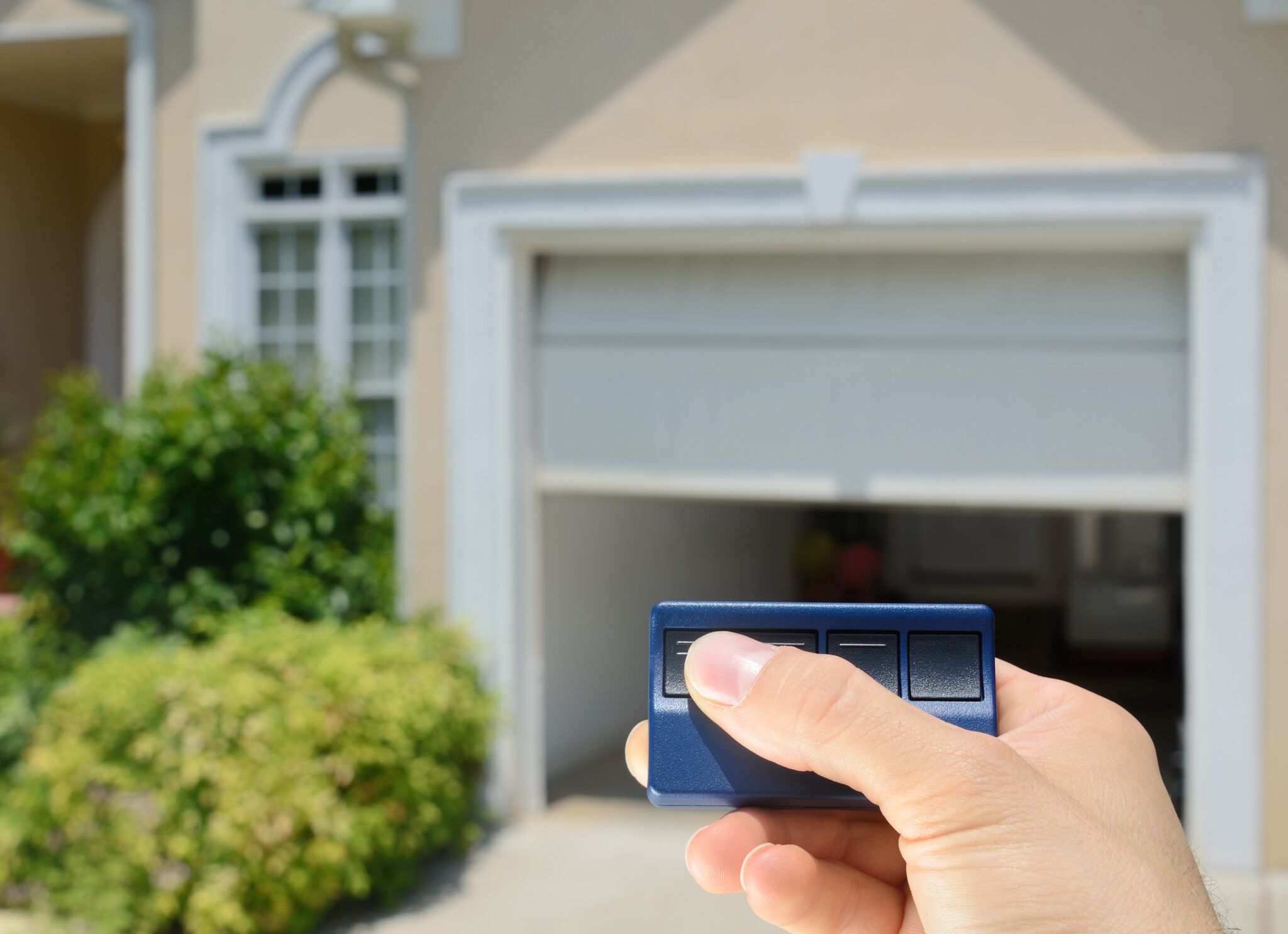
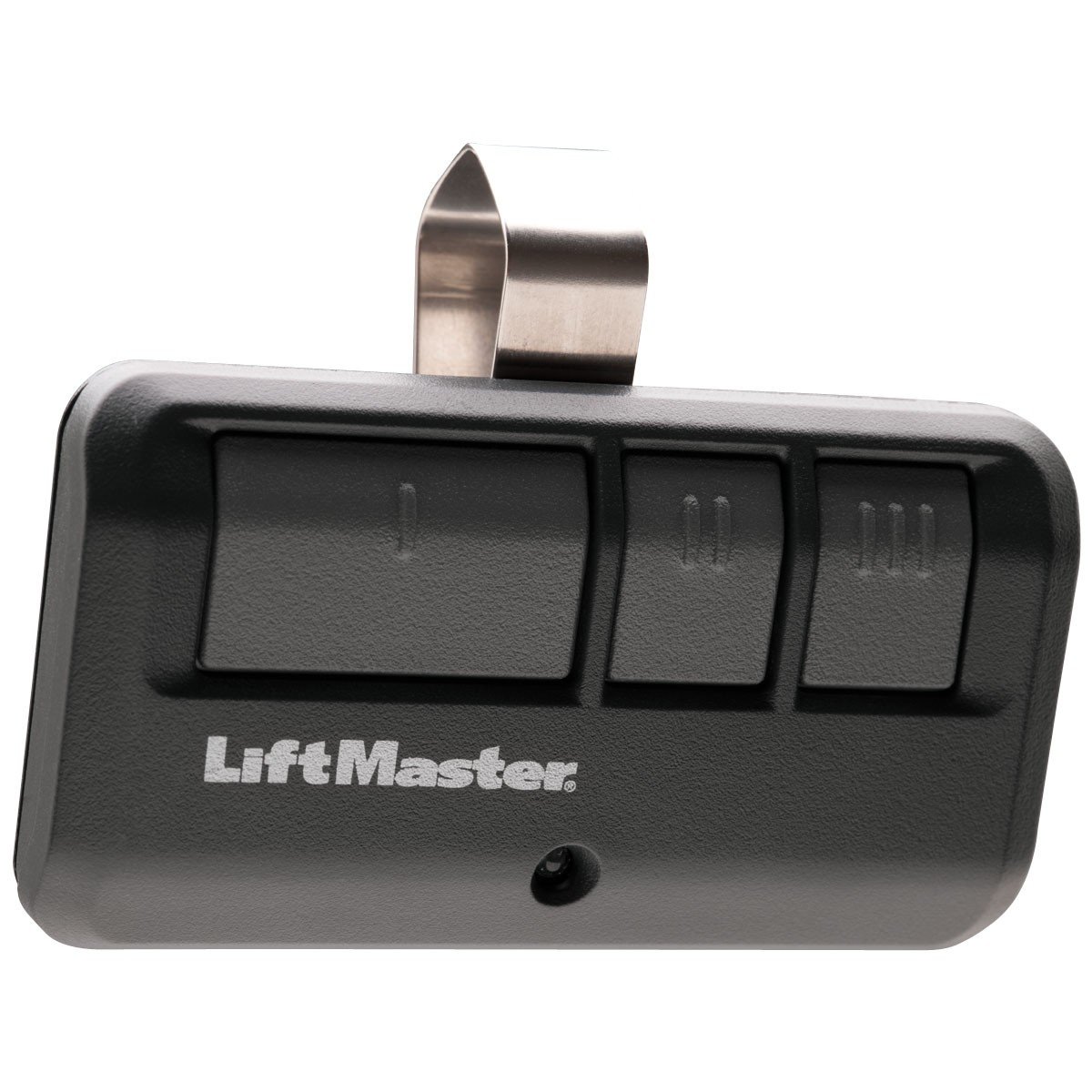
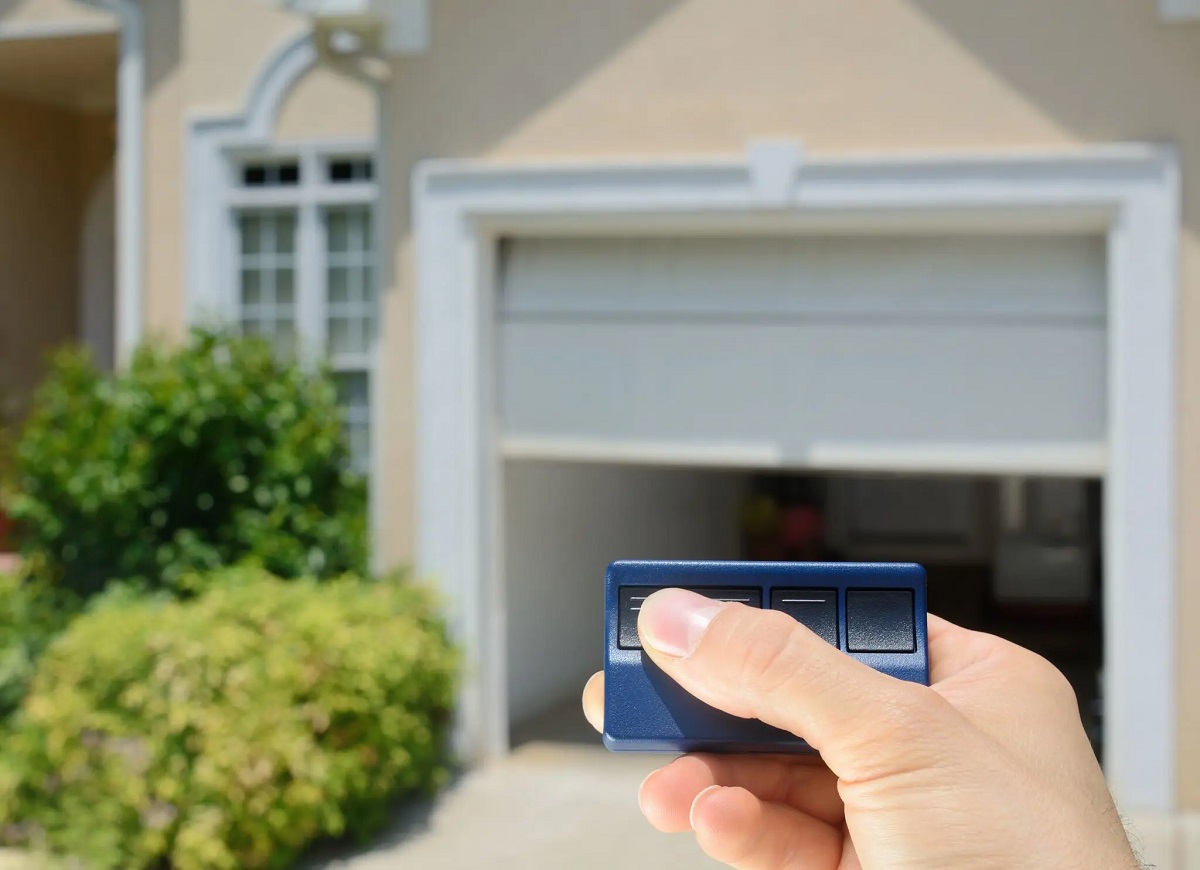
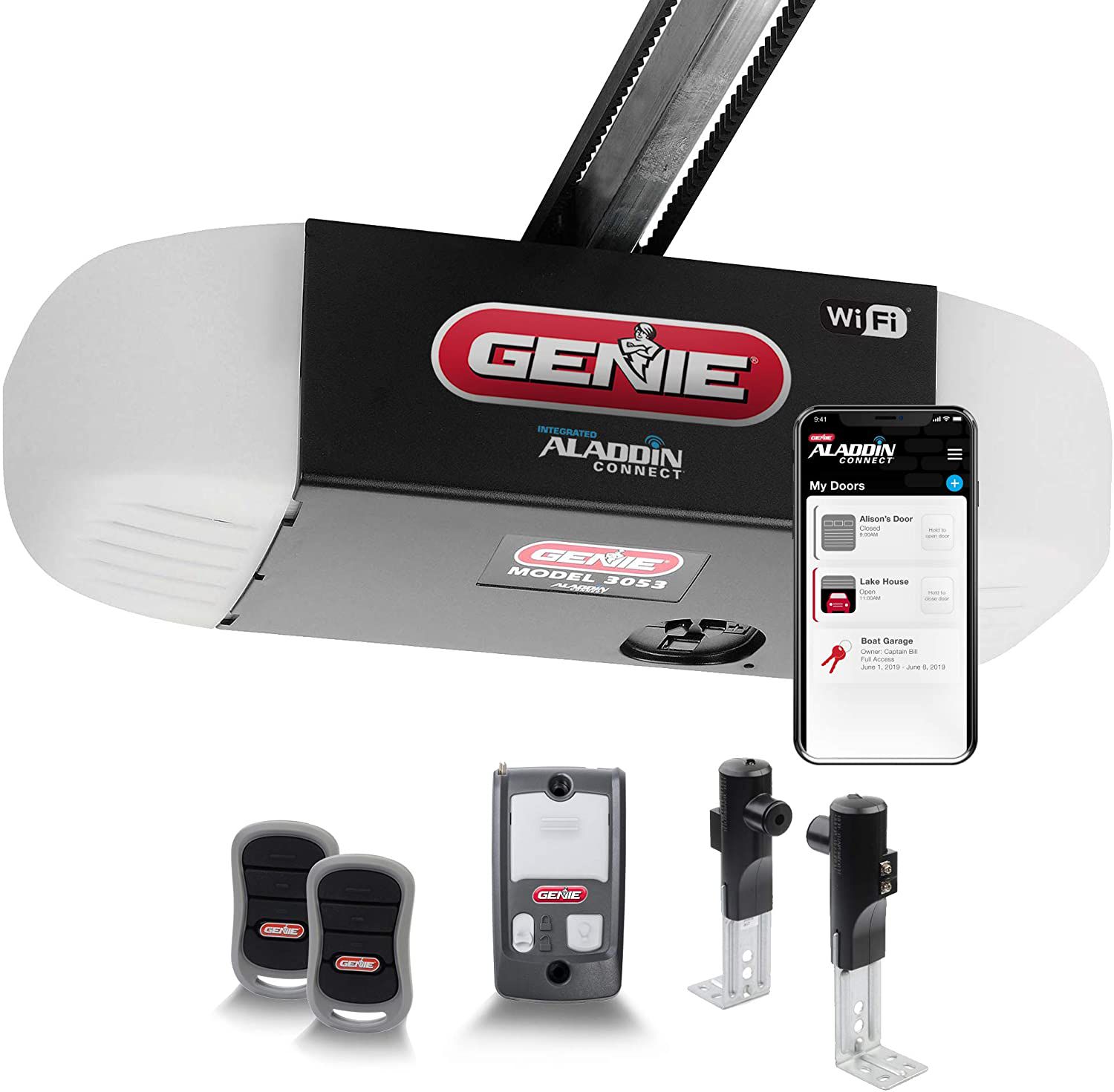
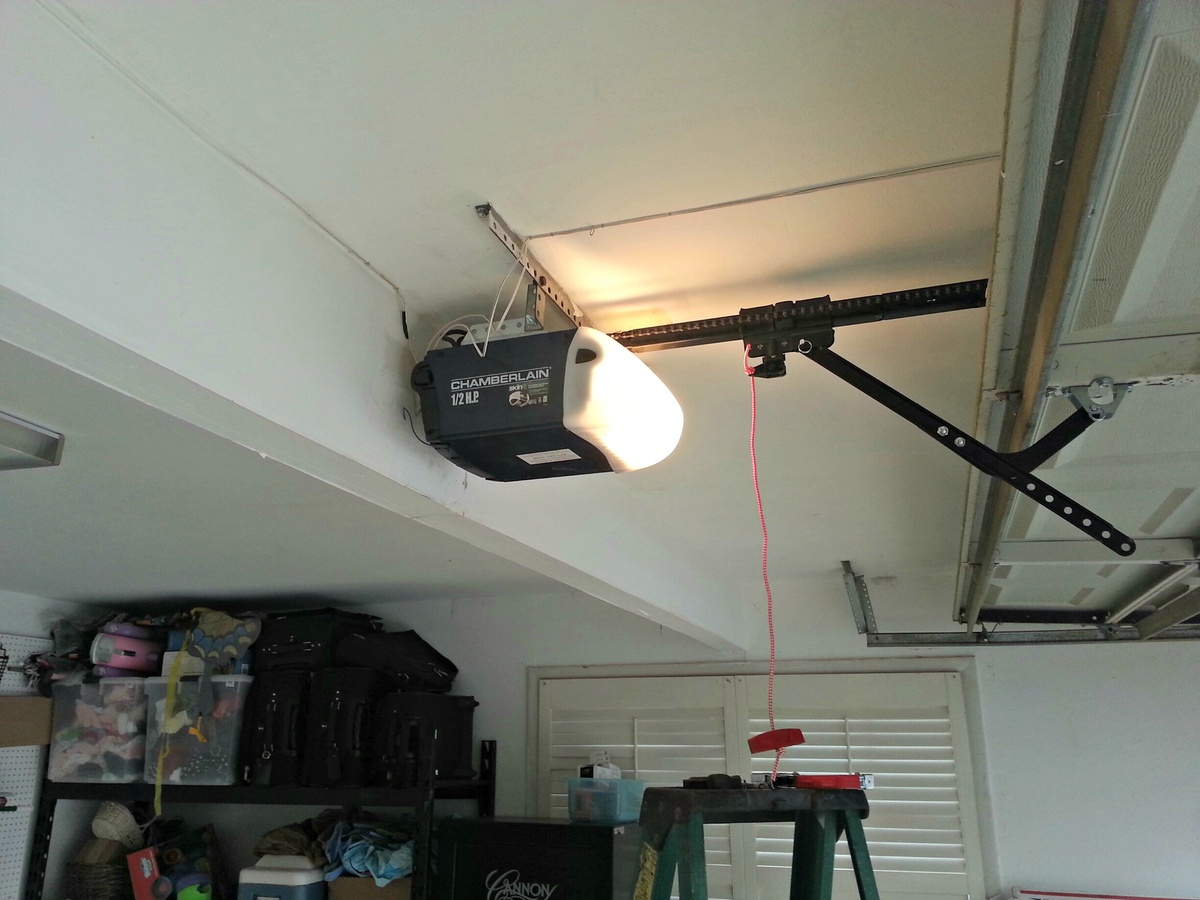
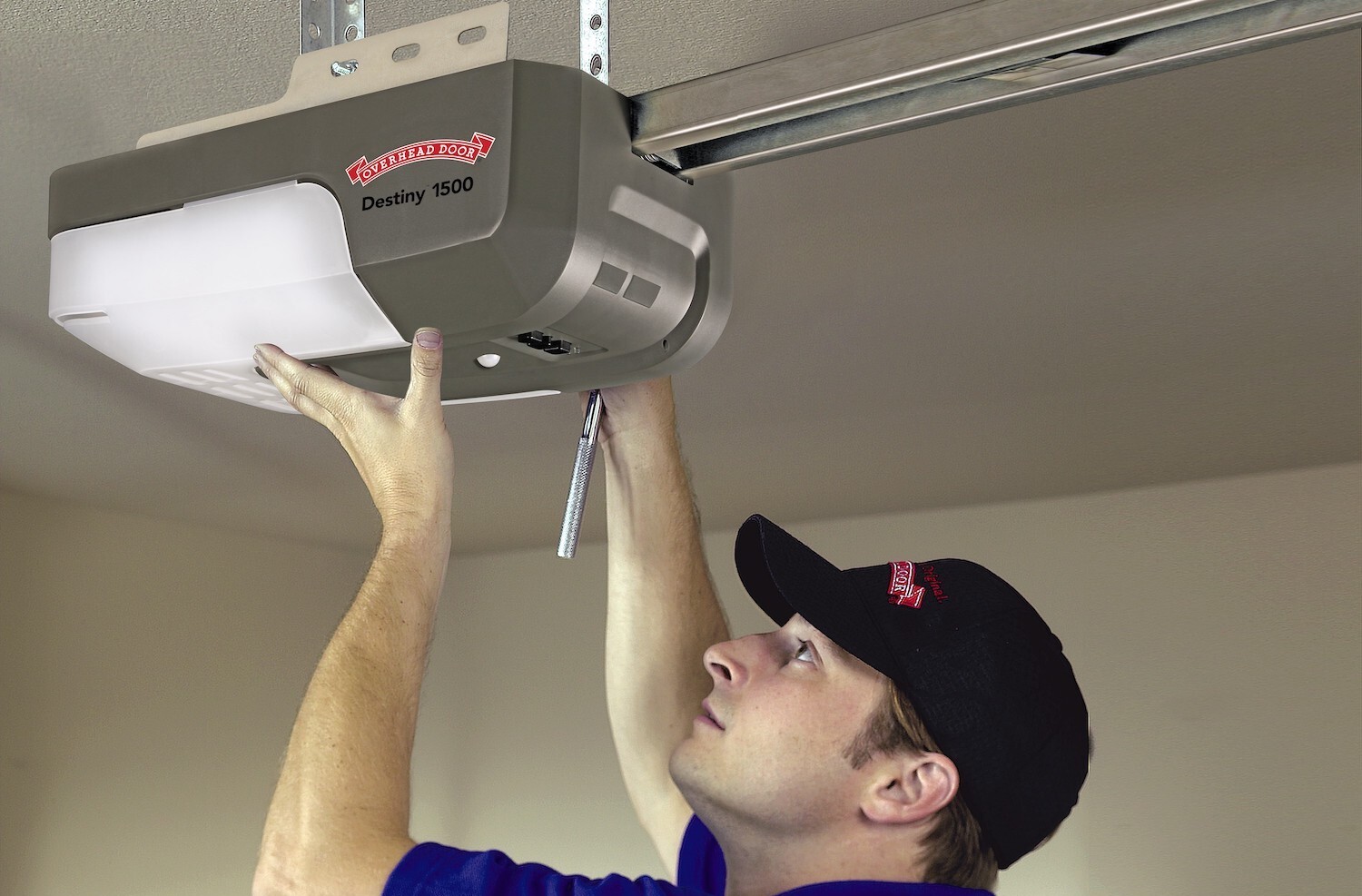
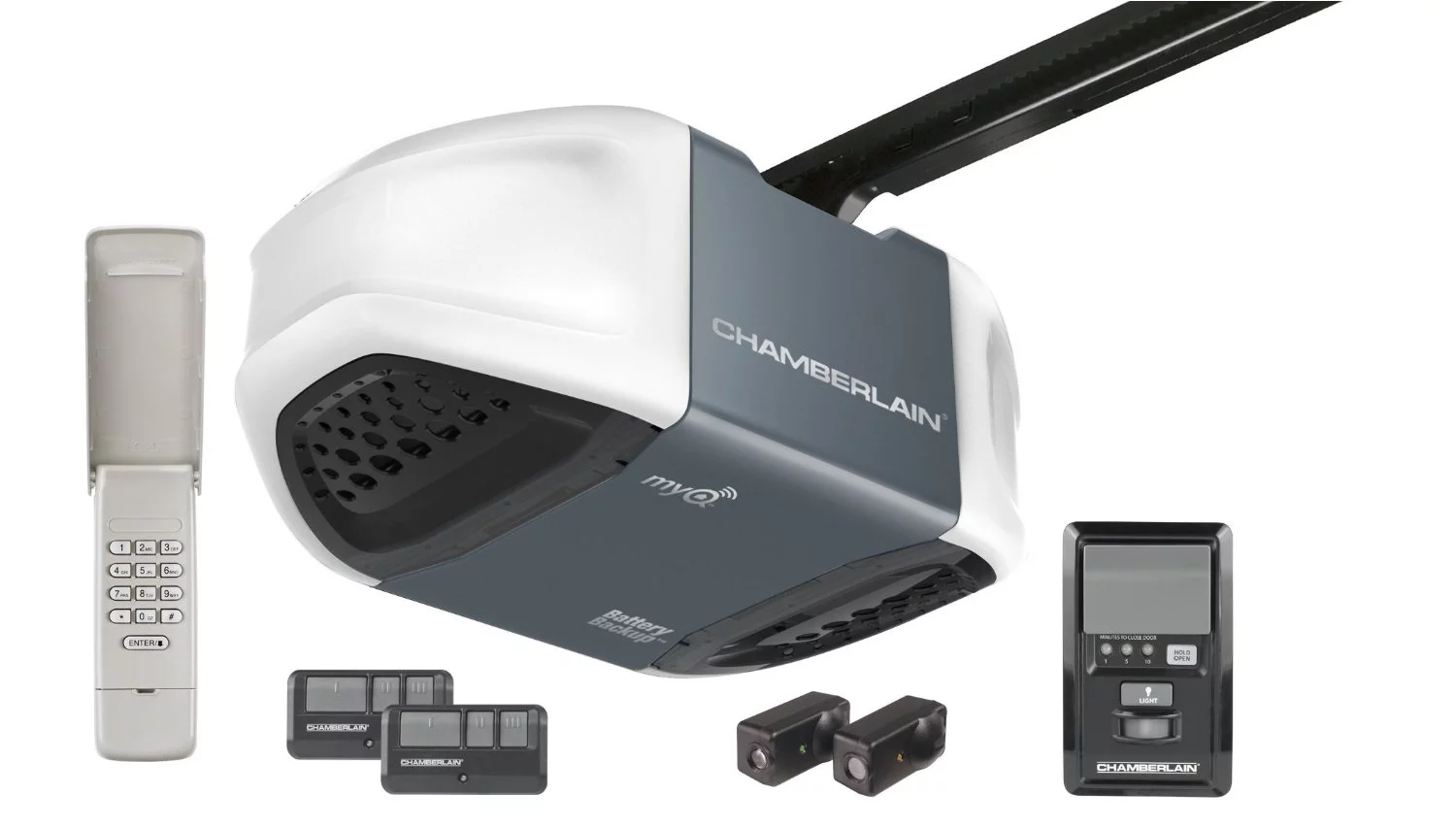
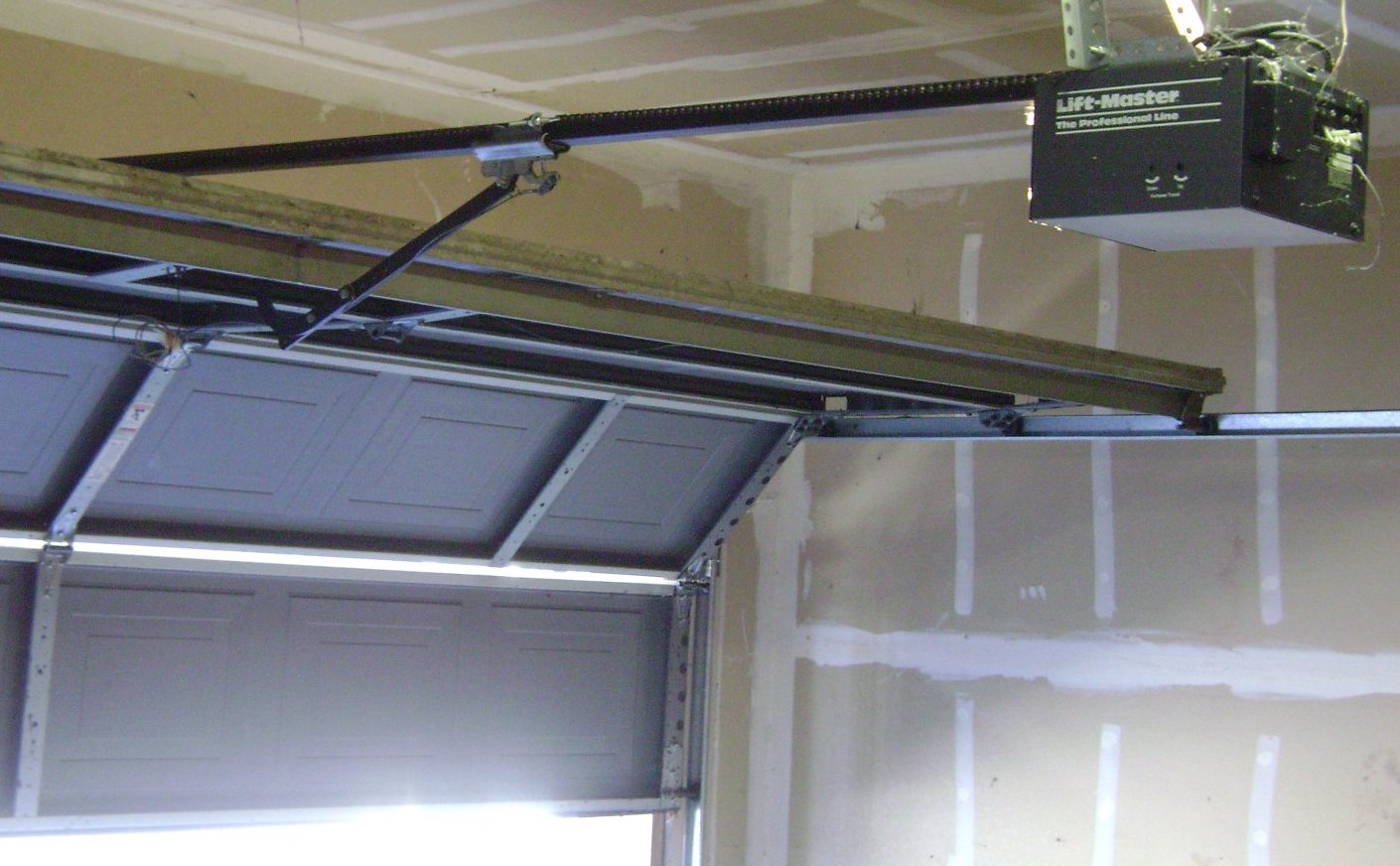
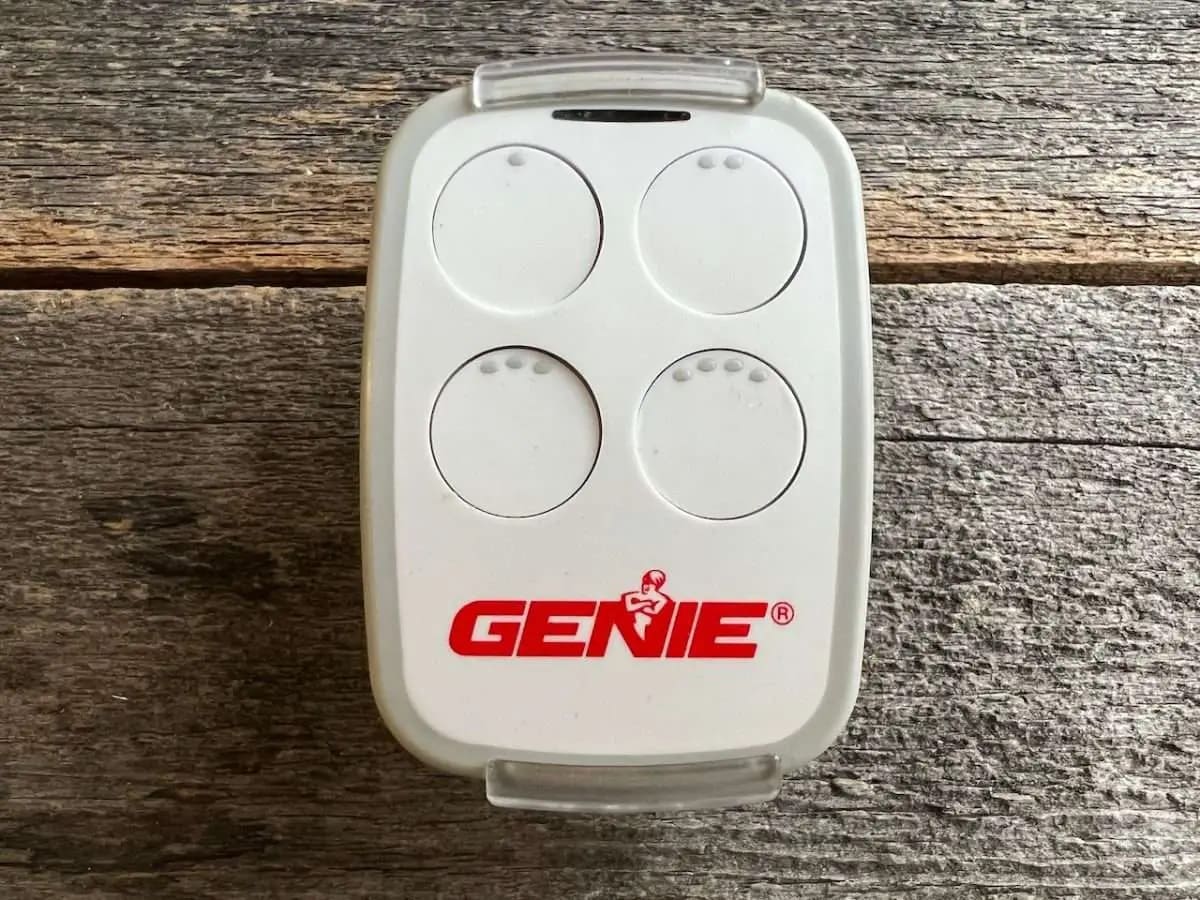

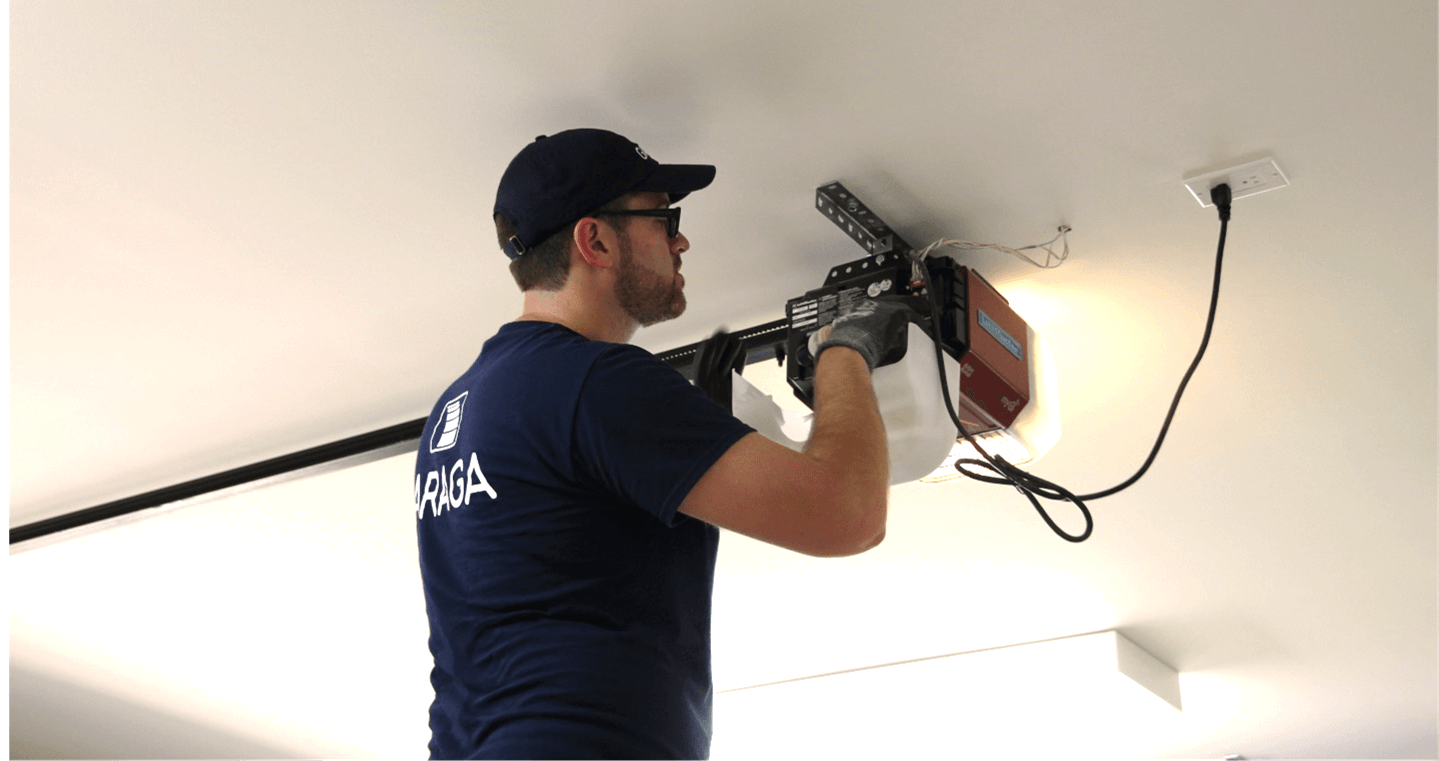
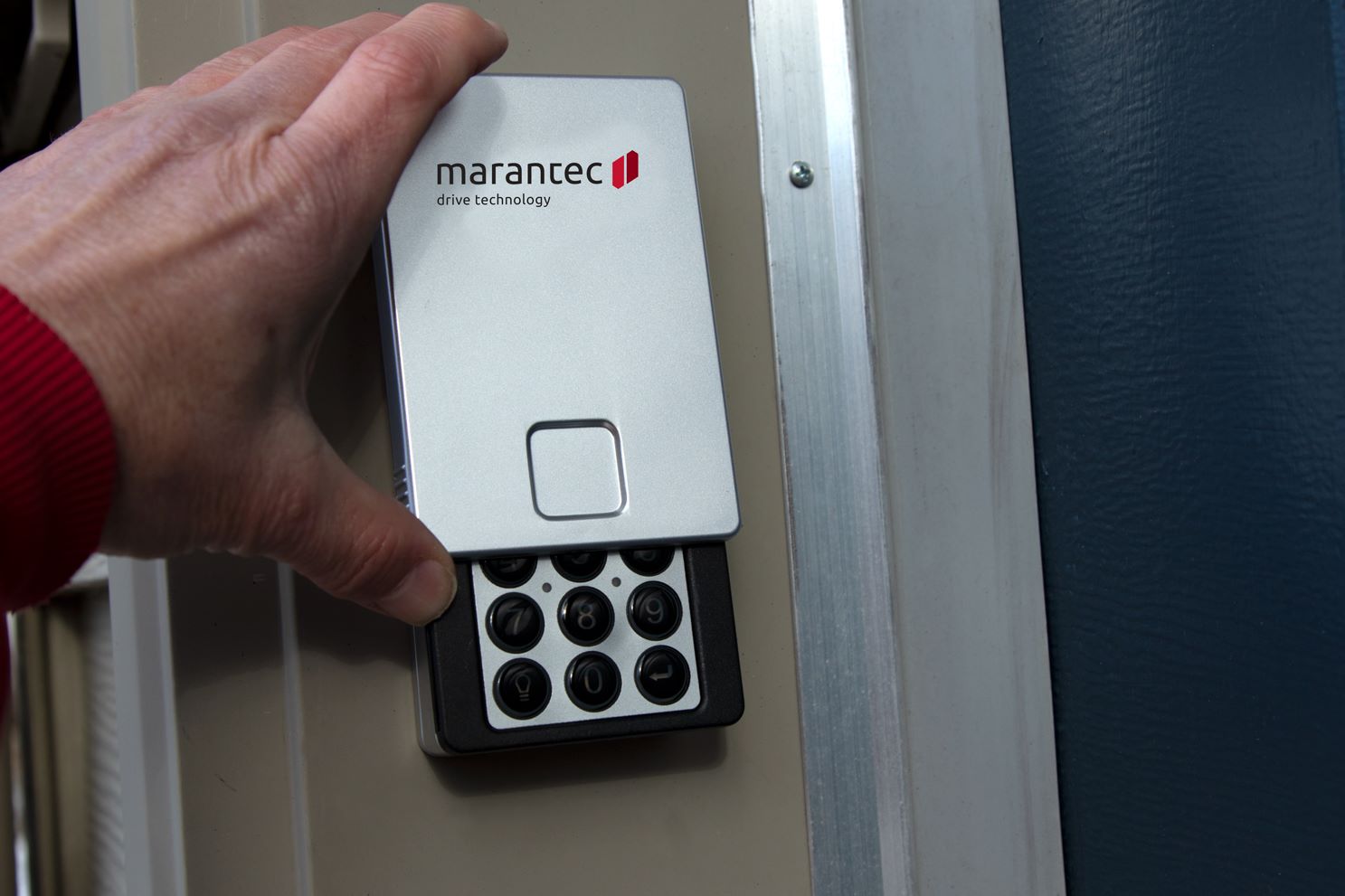
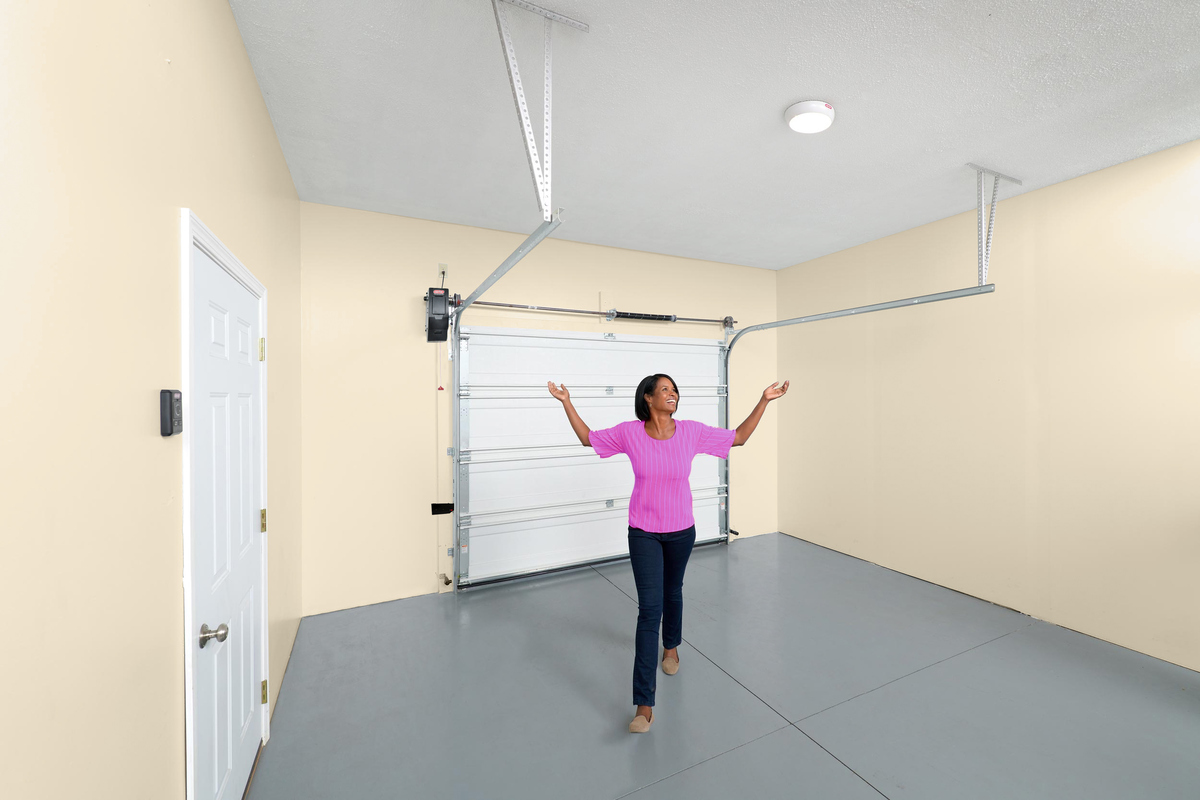
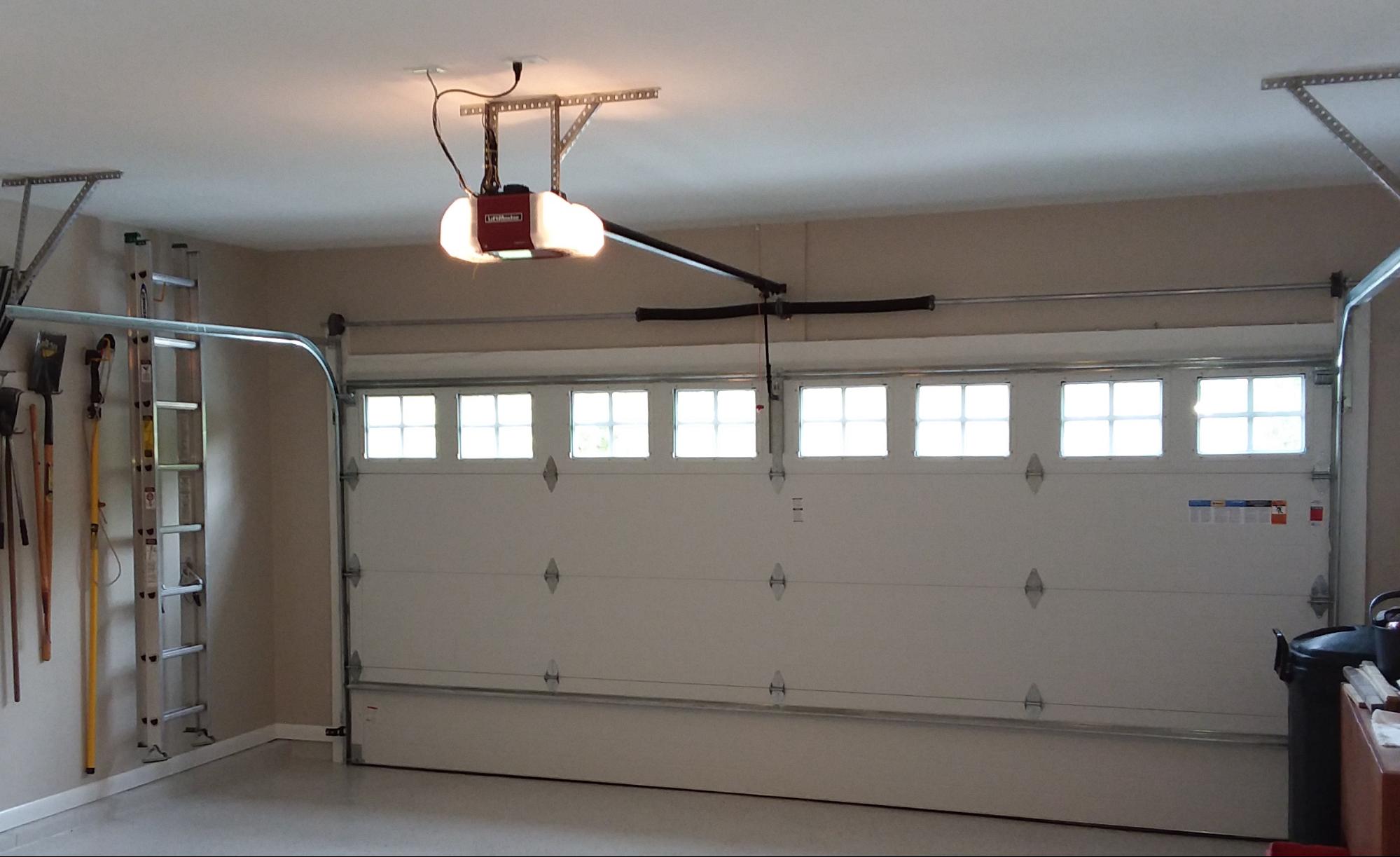

0 thoughts on “How To Fix Garage Door Opener Remote”